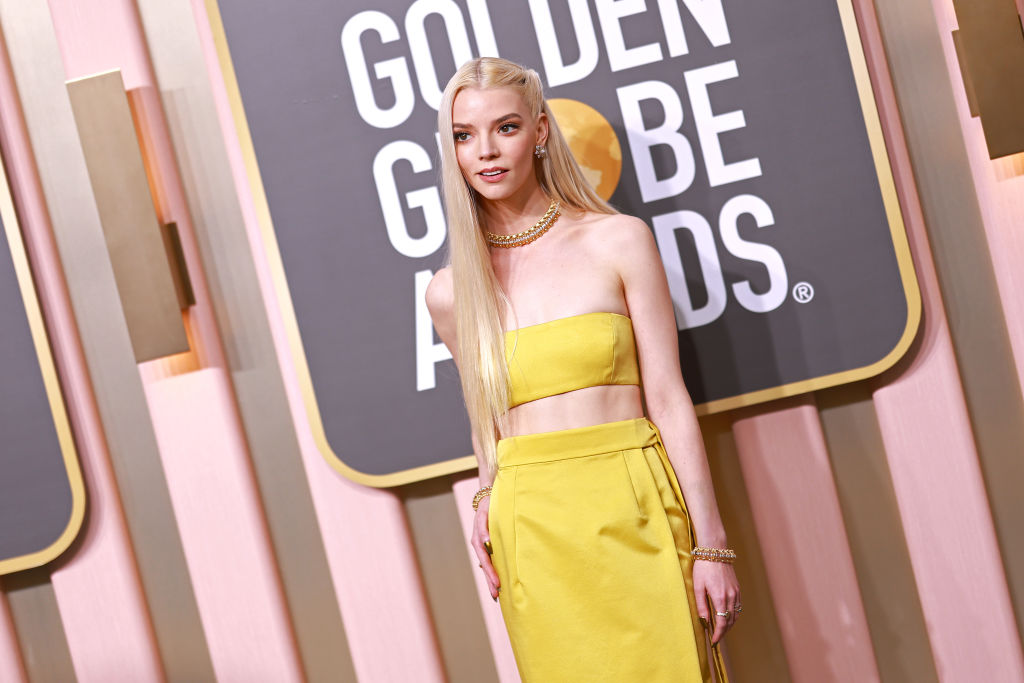In 2016, the same dusty hue of “millennial pink” exploded onto the scene, featured on makeup packaging, Hollywood red carpets, all the way to interior design. In doing so, it seems to have kicked off a trend of generational colours because the new hue on the block is purportedly “Gen Z yellow.”

International headlines are heralding the arrival of Gen Z yellow. But what exactly is it? And does it stand to have the same cultural impact that millennial pink did?
As the Guardian puts it, “can a generation famous for its fractured individualism really unite behind the colour of caution tape?”
Gen Z yellow bears a striking resemblance to one of Pantone’s Colors of the Year for 2021, called “illuminating.” The similarity is no surprise considering Pantone’s influence on colour in the design world. Pantone’s rose quartz Color of the Year in 2016 helped popularize the millennial pink craze, after all.
“Illuminating is a bright and cheerful yellow sparkling with vivacity, a warming yellow shade imbued with solar power,” Pantone writes of the shade.
The “vibrant yellow” expresses a “message of positivity,” and the hue supposedly embodies youthful optimism and regeneration in the face of uncertainty.

Get daily National news
“We need to feel encouraged and uplifted; this is essential to the human spirit,” said Leatrice Eiseman, executive director of the Pantone Color Institute.
But the first mention of Gen Z yellow dates all the way back to 2017, when writer Haley Nahman coined the term in an essay for Man Repeller. Gen Z yellow picked up steam in 2018, with outlets like Cosmopolitan and Refinery29 covering the phenomenon, but mentions of the colour have been mostly silent until now.
While the canary shade has been popular in recent years with designer fashion and red carpet looks, there doesn’t seem to be universal adoption of Gen Z yellow.
“This feels like a manufactured marketing thing to me,” said Véronique Hyland, fashion features director at Elle magazine.
I think there’s been a push to make various Gen Z colours happen — à la ‘fetch’ from Mean Girls — that I’ve been seeing since at least 2017, but it has not reached the same kind of ubiquity,” as its millennial pink predecessor, Hyland told the Guardian.
Gen Z is known to be a hyper-individualistic generation, with many young people interested in forging a unique style to avoid the oh-so-dreaded label of “basic.” It’s uncertain if Gen Z will adopt a flagship colour.
Other fashion experts have pointed to Gen Z yellow appearing to be “societally imposed,” instead of arising from youth culture organically, like millennial pink did.
“Millennials in the 2010s were trying to adapt to an existing culture, and Gen Z is more willing to question the prevailing culture,” Hyland said. “Even if you look at their response to the climate crisis, there’s an understanding of urgency and need to make themselves heard without timidity.”
According to Jenny Clark, head of colour at WGSN, Gen Z yellow may be entering mainstream consciousness at the wrong time, as we likely head into a recession.
During economic slumps, people tend to gravitate towards familiar colours and neutrals like browns and blacks. Buying clothing in brighter, trendier colours seems like a riskier investment, she told Business Insider.











Comments